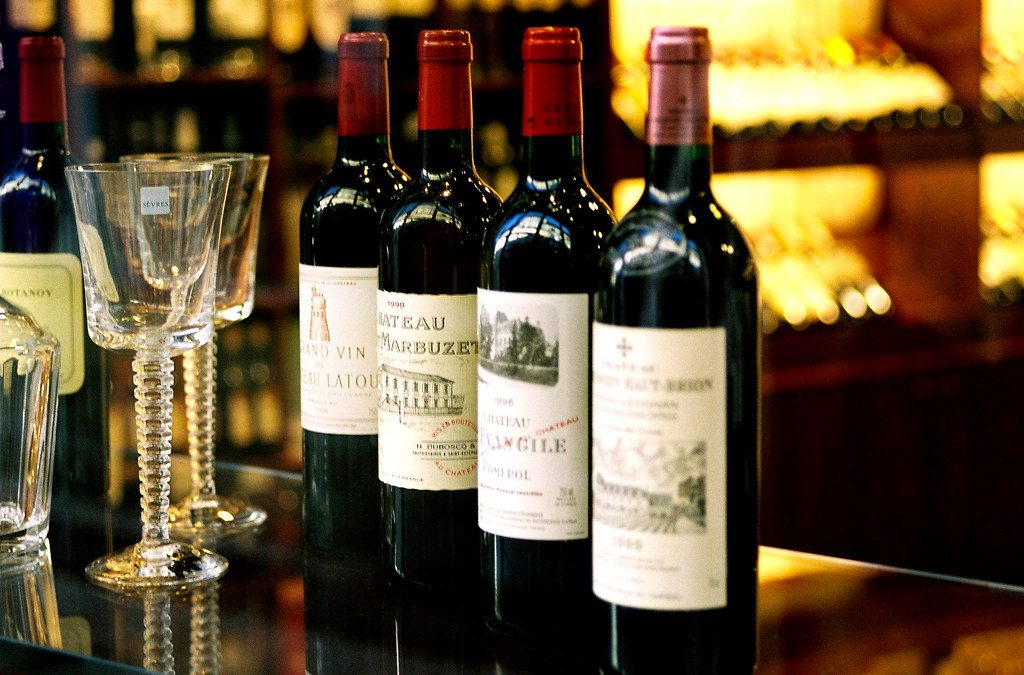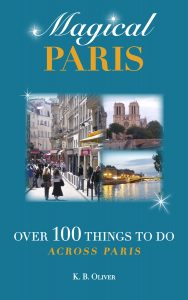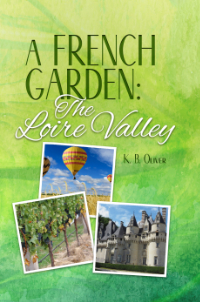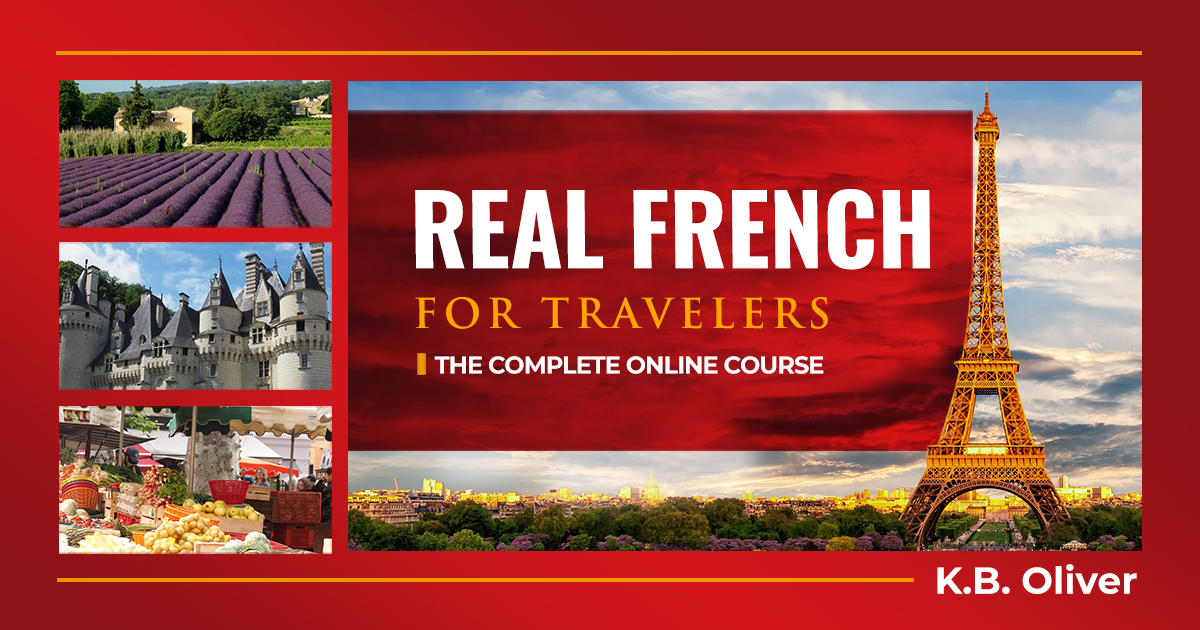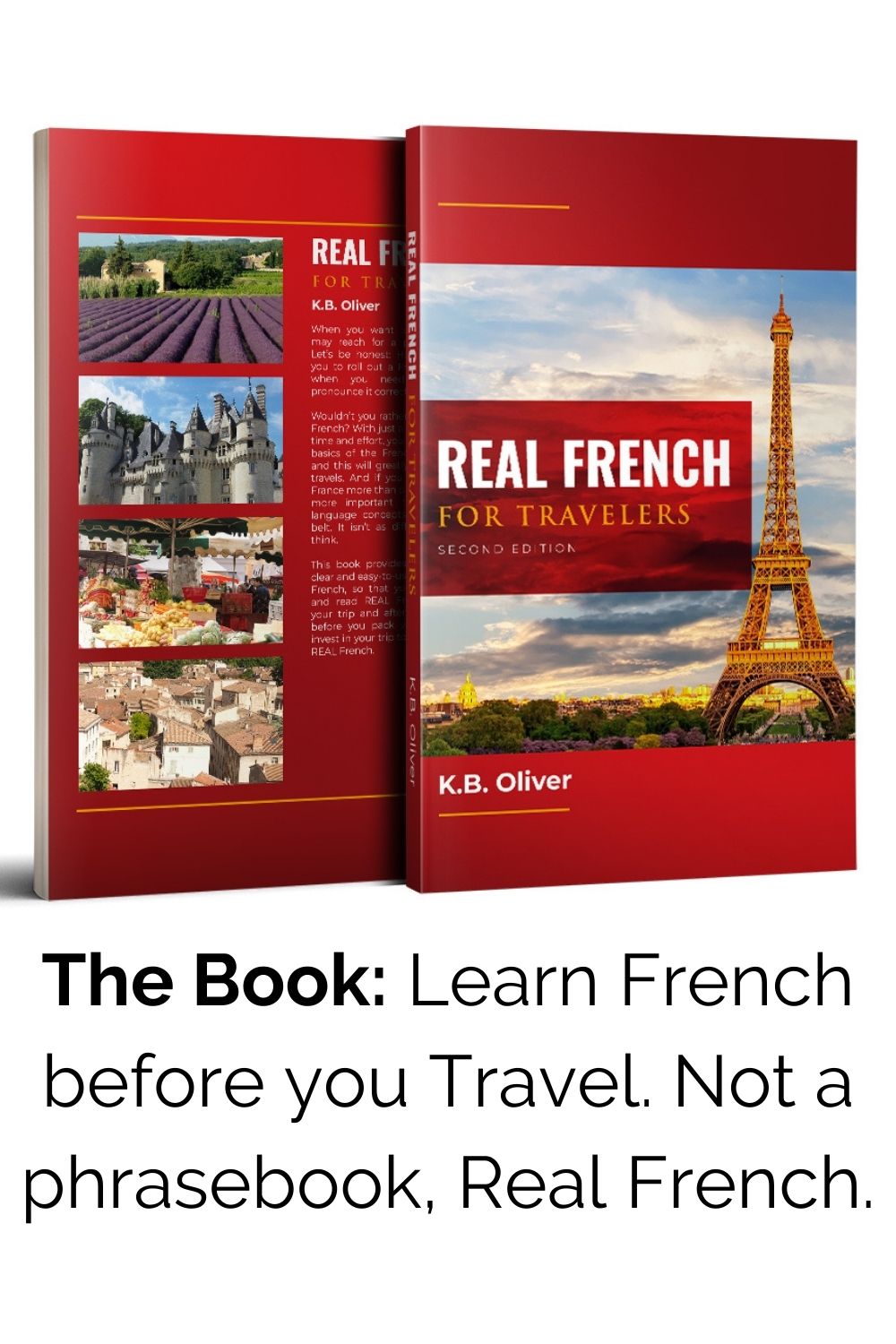One of the pleasures France is most known for is its wine. Centuries of careful crafting, along with ideal climate and soil combinations, have made France stand out as a producer of quality wines known around the world.
Some references claim there are 330 unique wine regions, but 11 primary ones. Each region has its specific characteristics.
A Short History of French Winemaking
French winemaking began in the 6th century B.C. with the arrival of Greek settlers. Later, when the Romans took over all of France, they continued the winemaking practices.
In the Middle Ages, monasteries controlled the vineyards up to the Revolution. The wine industry fell on hard times between the 19th and mid-20th centuries, due to two world wars and a wave of grape Phylloxera, which damaged the grape crops all over France and much of the rest of Europe.
In the 20th century, the downward spiral reversed, and French wines regained and surpassed their previous place in the world. In 1935, the AOC system was established to assure standards of quality for each region. (Apellation d’Origine Contrôllée.)
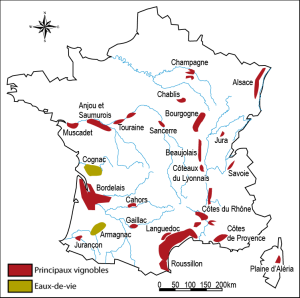
Wine Regions of France
There are 11 Winemaking areas of France, but it depends on who you ask. There are several larger and better-known areas, Bordeaux, Burgundy, the Loire Valley, and numerous smaller areas with a strong presence, such as Provence and Languedoc wines.
We’ll start with the big three in more detail while mentioning a few features of some others. Each of the other smaller regions has its own wine culture and distinctiveness. If you travel in these areas, it’s worth your while to check out tasting rooms and vineyards.
If you’re a wine enthusiast and want to include wine tourism in your trip planning, you can select one of the areas mentioned in this post (one of the big three or one of the smaller regions) and include some tastings and tours in your travels.
- Alsace (primarily white wines made in eastern France)
- Beaujolais Wine growing area north of Lyon
- Bordeaux (in the southwest. The region includes Médoc and St. Emilion)
- Bourgogne(Burgundy)
- Champagne Northern France east of Paris; world-famous bubbly wine
- Corsica This island off France’s south coast has a respectable wine culture
- Languedoc-Roussillon (along the western curve of the Mediterranean, west of Provence)
- Loire Valley
- Provence
- Rhône Valley (Near Lyon and down into Provence)
- Sud-Ouest (Southwestern France including the Pyrénées mountain region)
3 Best-known areas
Bordeaux This area is the one that comes to mind first for many wine enthusiasts. It includes the Médoc and St. Emilion wines. What many people don’t know is that the region is divided by the Garonne River and wines are different on either bank. This principle is true all over France: The unique flavor of the wine is a result of specific features (called terroir) of the soil, climate, wind, and water supply. For example, the conditions of the right bank of the Garonne are better for Merlot while the left bank is better for Cabernet Sauvignon.
We think mainly of Red Bordeaux, but there are some white Bordeaux wines as well (made of Sauvignon Blanc and Semillon). Red Bordeaux is actually a blend. “Bordeaux” refers to the city and region. This blend consists of a mix of Cabernet Sauvignon, Merlot, Cabernet Franc, Petit Verdot, and Malbec. Of course, you can find bottles of wine made from one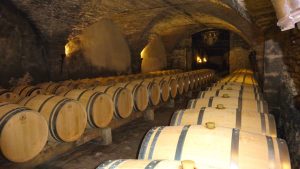 primary grape as well.
primary grape as well.
Sauterne is a sweeter wine from the Graves region of Bordeaux. It’s a blend of Sauvignon Blanc and Semillon.
Burgundy (Bourgogne) These wines are made almost exclusively from Pinot Noir and Chardonnay grapes. The vineyards are separated into north and south, then further divided. Each region offers a different taste. Two primary towns in this area are Beaune and Dijon.
Pinot noir: is used to make a wine known as Red Burgundy while Chardonnay grapes are used for White Burgundy.
Chablis is near Burgundy and is a famous white wine. East of Burgundy are the regions of the Jura and Savoie, both close to Switzerland. The alpine area of Savoie produces primarily white wines.
The main grapes grown here are Cabernet Franc, Chenin Blanc, and Sauvignon Blanc. The only thing more sought-after by tourists (and others) in the Loire Valley than châteaux is
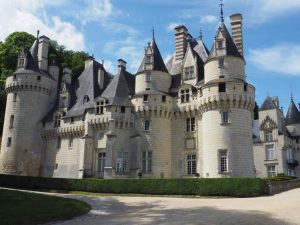
Loire Valley
wine. The Loire Valley is France’s most diverse wine-producing region. The region is well-respected as well in France, though less famous outside of France than, say, Bordeaux or Burgundy.
Chenin Blanc and Cabernet Franc are the primary grapes used in the Loire Valley, though there are 12 other varietals used as well. Here are some wines you’ll find in the Loire Valley:
Sancerre: A region in the eastern Loire Valley southeast of Orléan. It is an appellation and is known for Sauvignon Blanc. It can be expensive.
Pouilly-Fumé: This wine comes from the area near Sancerre. These wines are also made of Sauvignon Blanc, but less expensive than Sancerre.
Touraine: Wines from this region are generally a good value. They include Sauvignon Blanc, Gamay, Pinot d’Aunis, Côt (Malbec), and Menu Pinot.
Vouvray: Made only of Chenin Blanc grapes. It’s as well-known as Sancerre, but less expensive. Also available are sparkling wines (crémant) made from Chenin Blanc.
(Learn much more about the Loire Valley…its wines, its castles, its towns, and done-for-you road trip itineraries to discover the best of this region. A French Garden: The Loire Valley is the ultimate guide to this region!)
Other Important Wine Regions
Alsace See more about the region and its wines. Travel the Wine Route. Read more in this post.
Languedoc-Roussillon: This area is in the southwestern corner of France near the Mediterranean Sea. Among wines from this region is the famous Pays d’Oc. Here you’ll find both reds and whites to enjoy.
Provence: This area is especially known for its rosé, but it also produces its own white, and red wines. One well-known rose from this region is called Côtes du Rhône (since the Rhone goes from Lyon all the way to Provence.)
Champagne: Most of us know about this sparkling white wine that comes from the region by the same name. This wine is made from Chardonnay, Pinot Noir, and Pinot Meunier.
Rhône Valley: the Rhone River, like the Garonne in Bordeaux, produces different flavors on either side of the river. Left bank wines are full-bodied and fruity while right bank wines are lighter and even fruitier.
There are so many places in France to include a little “wine tourism” in your trip! Touring vineyards gets you into the lush French countryside, so it’s a double pleasure to enjoy!
Related Posts
10 French Beverage (Spiked) Specialties
Champagne: A Pleasure and a Region
Specialties of Burgundy and the French Alps

